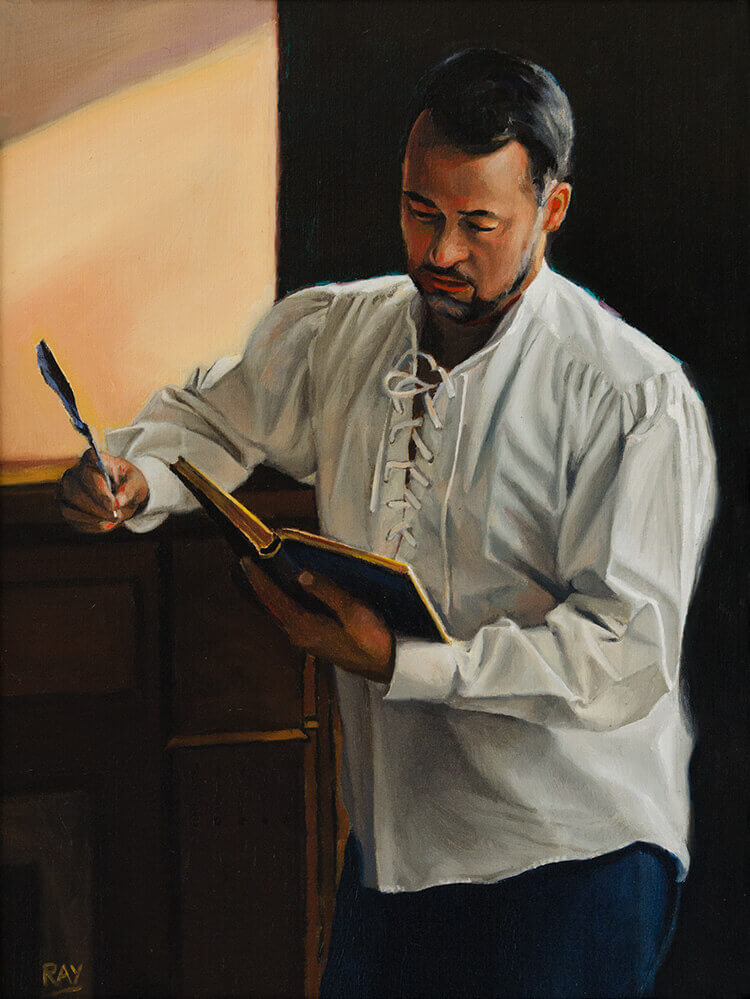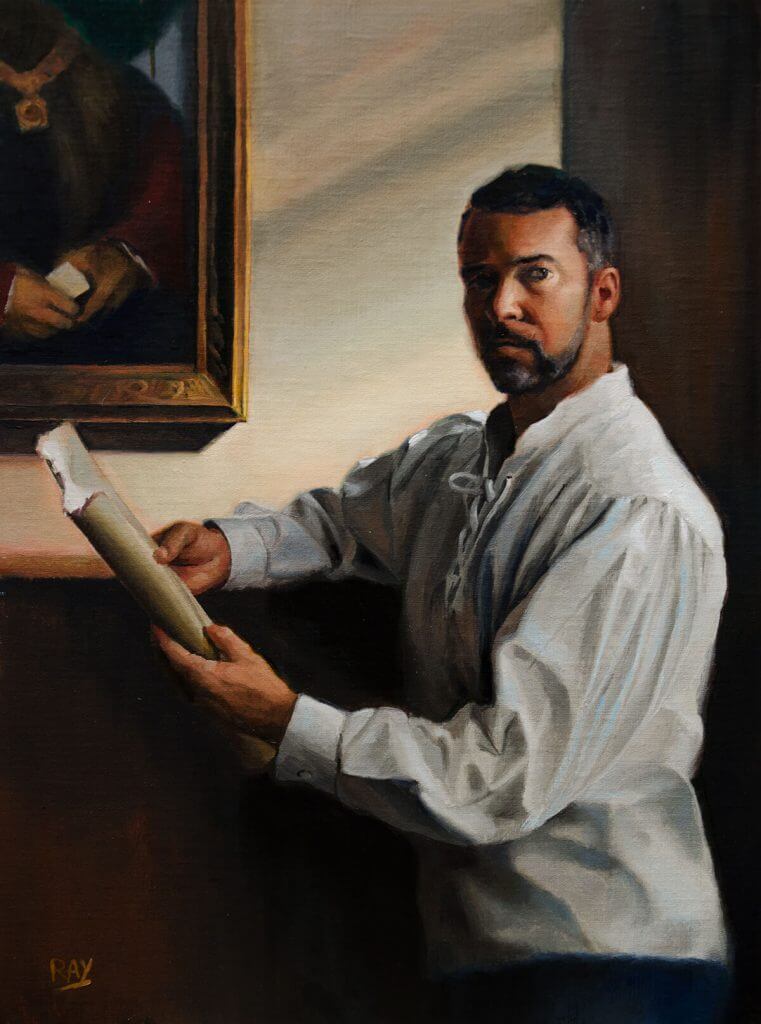Artist's Statement



Whenever I paint I imagine myself as a maker of illusions. Not like a magician who pulls rabbits from a hat or who makes elephants vanish into thin air. No, my trick is to conjure up an impression of the world in paint. If for a fleeting moment, viewers feel they are in the presence of the model, or that they could touch the objects in a still life or smell the air in a landscape, then I know my illusion has worked its magic.
The worlds I create tend to be quiet, private places with an air of mystery and intrigue. This choice reflects both my classical art training and my passion for the works of the Dutch Old Masters, French Academic painters, and the Impressionists who painted nature by observing it directly.
I describe my style as “classical realism”, a form of representational art that exhibits a preference for beauty, order, harmony, and completeness. It also promotes the representation of nature based on direct observation using traditional methods.
I begin with an idea that I hope will convey a sense of wonder or spectacle. Then I plan how I’m going to execute the illusion. All aspects of composition are critical for success, especially choices about light and shadows. I seek strong contrasts between light and dark so that I can model my forms in a dramatic, three-dimensional way. I study how the light falls on my subjects and the shadows they cast. I arrange all of the elements carefully to keep the viewer’s eye engaged and enchanted. I think ahead about how I’ll use different thicknesses of paint, soft and hard edges, the direction of brush strokes, and of course colour to guide the viewer through a journey in the painting.
Whenever possible, I work from life and use reference photos for detail, but never for values or colour. I often start with a thumbnail sketch that leads to a full-scale detailed drawing which I’ll transfer to my painting panel. As a guide for me and to work out problems in advance, I’ll prepare small colour and value poster studies. Most of my paintings begin with a monochromatic underpainting on top of the drawing and are finished with glazes of colour. After at least six months of drying, my paintings are given a coat of varnish, framed, and then prepared for “showtime”.
